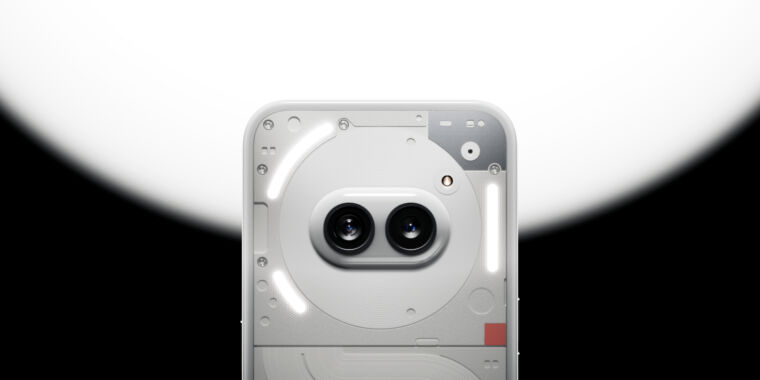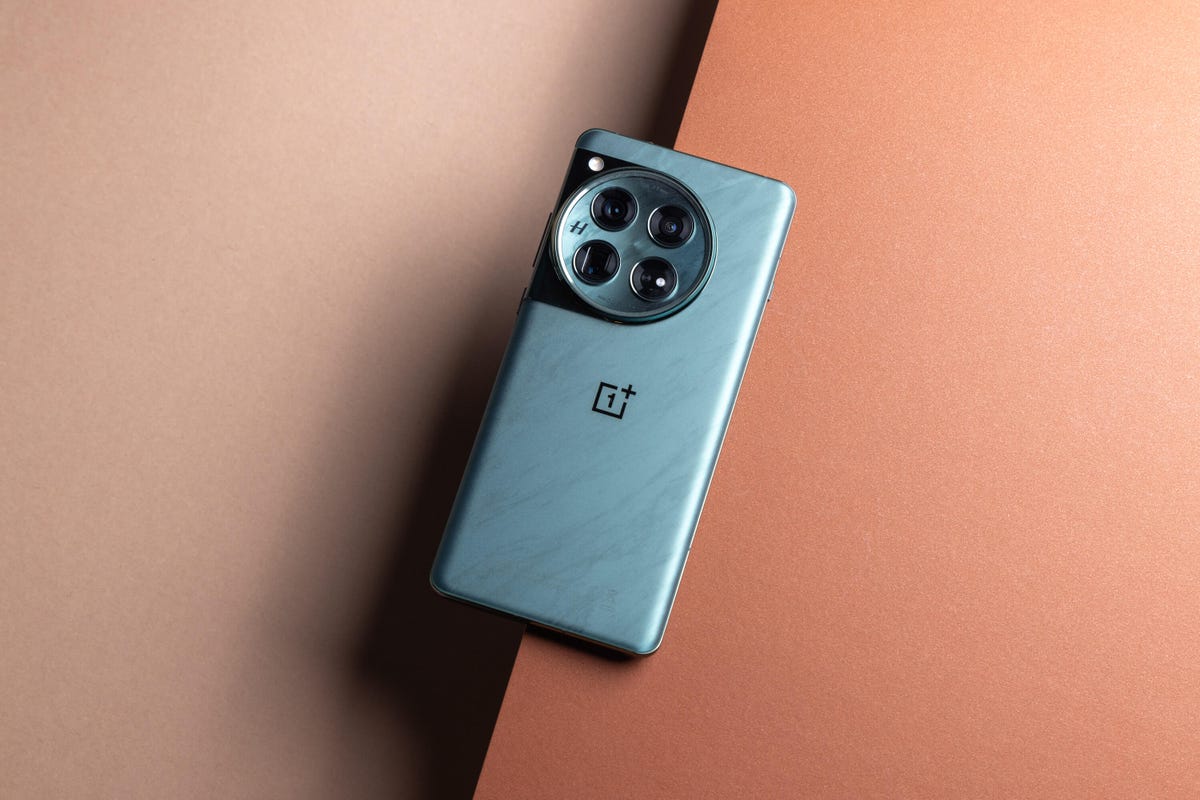
Light Up Your Budget: The $349 Nothing Phone 2a
What’s going on here?
The Nothing Phone 2a, a new budget-friendly smartphone from the hardware company Nothing, is introduced at a price of $349 for the US market, albeit with limited carrier support, and $329 for Europe. This device features a unique design with a clear plastic back allowing visibility to screw heads and internal designs, which, however, are not accessible for repair due to the glued cover. This design attempts to blend attractiveness with a faux-impression of repairability. The phone is part of Nothing’s endeavor to bounce back after their messaging app’s notable failure, showcasing their continued push into the smartphone market with an affordable yet distinctively designed product. The design’s intention seems to aim at balancing aesthetics and the illusion of sustainability without fully committing to repairability.
What does this mean?
The Nothing Phone 2a offers a mix of budget and mid-range specifications, including a 6.7-inch OLED display with a 120 Hz refresh rate, powered by the MediaTek Dimensity 7200 Pro SoC. It aims for modernity with its chipset configuration, prioritizing energy efficiency and cost over cutting-edge speed. Its dual 50MP rear cameras eschew the common trend of packing multiple low-quality sensors for specs appeal, focusing instead on what could be meaningful photographic capability within its price range. The phone promises decent performance for its cost, with features such as 45 W fast charge, a sizable 5000 mAh battery, and generous memory and storage configurations. Added value comes from the commitment to software support, with three years of major OS updates and four years of security patches. This strategy indicates a focus on sustainability in the software lifecycle to complement its physical design narrative.
Why should I care?
The Nothing Phone 2a represents an interesting proposition in the tech market that combines distinctive design with cost-conscious specs, aiming to deliver value to a specific segment of consumers looking for these qualities. The phone is a statement against the typical throwaway culture in electronics by offering a design that simulates repairability and sustainability, even if it’s more about aesthetics than actual functionality. Moreover, its launch outside the mainstream US market, through a developer program due to limited carrier support, raises questions about its viability and reception in a competitive market. This setup could appeal to tech enthusiasts and developers keen on exploring unique devices but may pose connectivity challenges for the average user in the US. The strategy behind this launch and the phone’s design philosophies might influence consumer expectations around device sustainability, design, and functionality in the budget smartphone segment.
For more information, check out the original article here.




